Reserve requirement hike is near
 |
| illustration photo |
But, it might not be used until October.
In a meeting with local banks, State Bank governor Nguyen Van Giau said the authority still had one tool left if inflation proved too hot to handle.
“Raising reserve requirement ratios for the Vietnam dong deposits could be considered, but only from October,” he said.
According to General Statistics Office, the country’s consumer price index (CPI) in June rised 1.09 per cent month-on-month, pushing inflation to 13.29 per cent against last December.
At the moment, the reserve requirement for Vietnam dong deposits with terms less than 12 months is set at 3 per cent and for deposits of over 12 month terms, the level is 1 per cent. Meanwhile, the reserve requirement ratio is 4 per cent for dollar deposits of less than 12-months and 2 per cent for over 12-month terms.
HSBC’s economist Leif Eskesen said that Vietnam had embarked on aggressive monetary tightening, but the problem was that it began late in the game when the inflation problem was already very serious and the economy was overheating.
“Vietnam has significantly stepped up efforts to tackle rising inflation pressures through steep increases in policy rates and tighter fiscal policy. However, despite moving fast, the policy makers are still behind the curve because they started too late in the game.
“And, as a consequence, they are dealing with more significant inflation pressures.
The authorities, therefore, have further distance to go before they are back to normal,” said Eskesen.
A BIDV official, however, noted that raising the reserve requirement for dong deposits was unlikely in 2011 as the inflation showed signs of slowing down.
“It should be noted that June CPI of 1.09 per cent was the lowest month-on-month level over the past eight months,” he said.
Since November 2010, the State Bank has raised the open market operation (OMO) rate by 8 per cent to 15 per cent, the refinancing rate by 5 per cent to 14 per cent and the discount rate by 6 per cent to 13 per cent.
Barclays Capital economist Prakriti Sofat said that the country’s inflation would peak at 22-23 per cent year-on-year by July-August given pass-through of elevated commodity prices, mainly food and oil, and the lagged impact of previous strong growth.
“However, inflation should start heading lower in September on. We believe investors should continue to focus on the reverse repo rate to gauge the direction of monetary policy. Given the focus on reining in inflation, we expect the OMO rate to be raised a further 1 per cent, taking it to 16 per cent and look for the refinancing rate to be raised by 1 per cent to 15 per cent in the third quarter,” said Sofat.
What the stars mean:
★ Poor ★ ★ Promising ★★★ Good ★★★★ Very good ★★★★★ Exceptional
Related Contents
Latest News
More News
- Commonwealth Bank of Australia divests 10 per cent stake in VIB (October 30, 2024 | 10:50)
- Policy credit a boon to Yen Bai residents in the wake of Typhoon Yagi (October 30, 2024 | 09:00)
- Rubber firms report positive Q3 performance (October 29, 2024 | 20:01)
- Assessing gold prospects for the rest of 2024 and beyond (October 26, 2024 | 10:48)
- ACCA welcomes 116 new members in Vietnam (October 26, 2024 | 10:45)
- Public debt indicators remain in alignment with expectations (October 25, 2024 | 15:37)
- SACE and SCIC sign MoU to strengthen cooperation between Italy and Vietnam (October 25, 2024 | 11:13)
- EVN Finance signs $30 million loan package with Dutch bank FMO (October 24, 2024 | 18:07)
- Year-end credit growth driven by industrial sector (October 24, 2024 | 14:34)
- Major bancassurance deals may be at peak (October 24, 2024 | 14:28)



 Tag:
Tag:

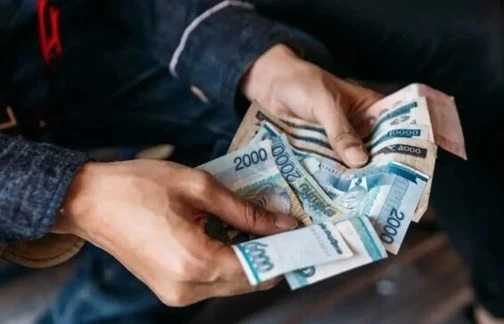
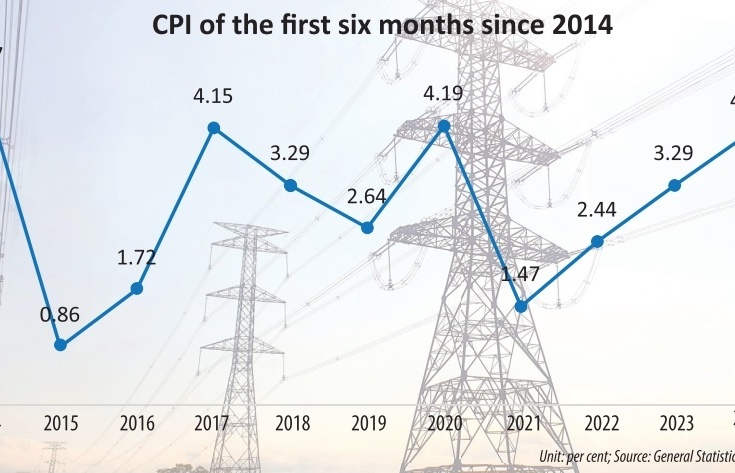
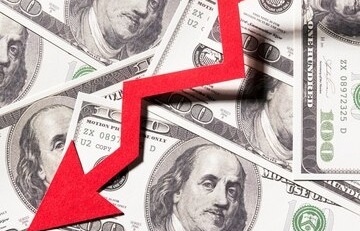
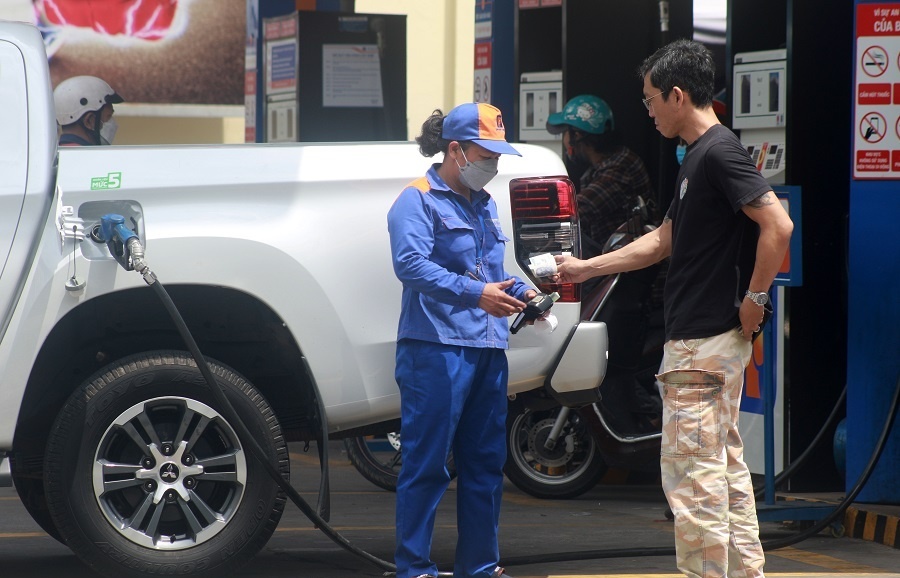
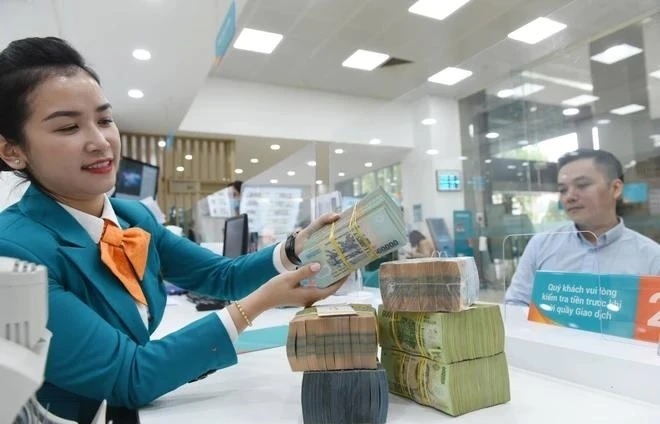
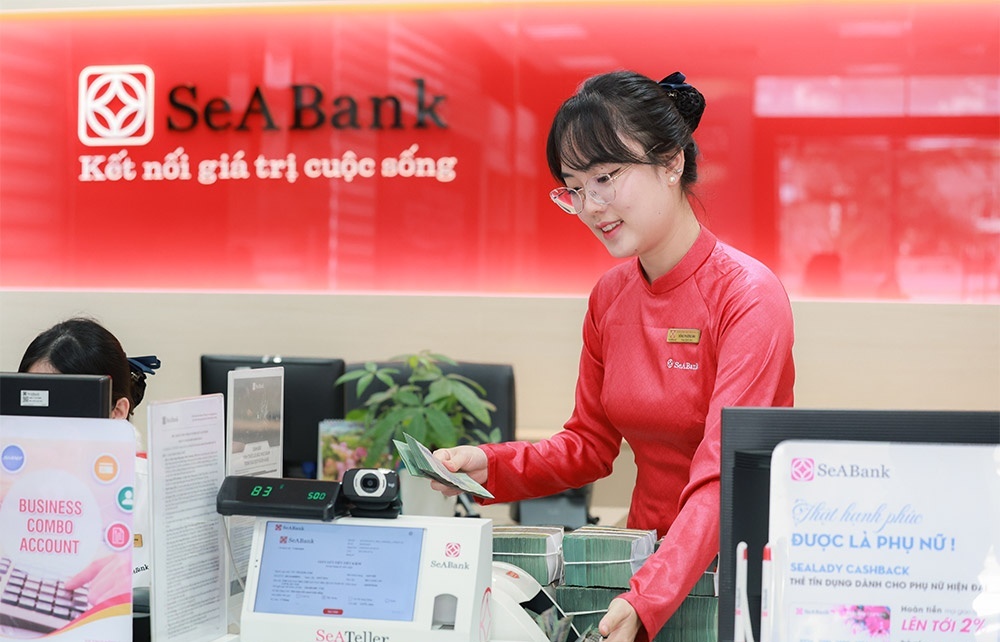

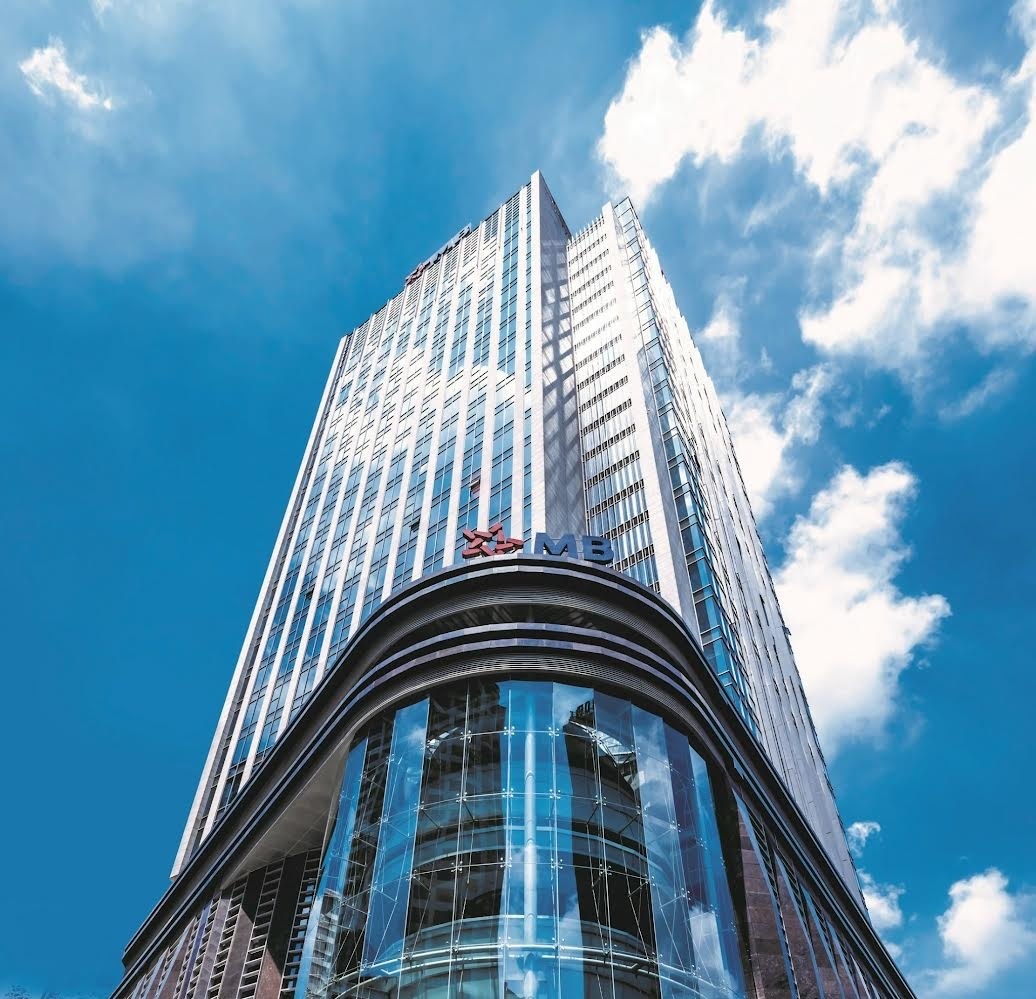
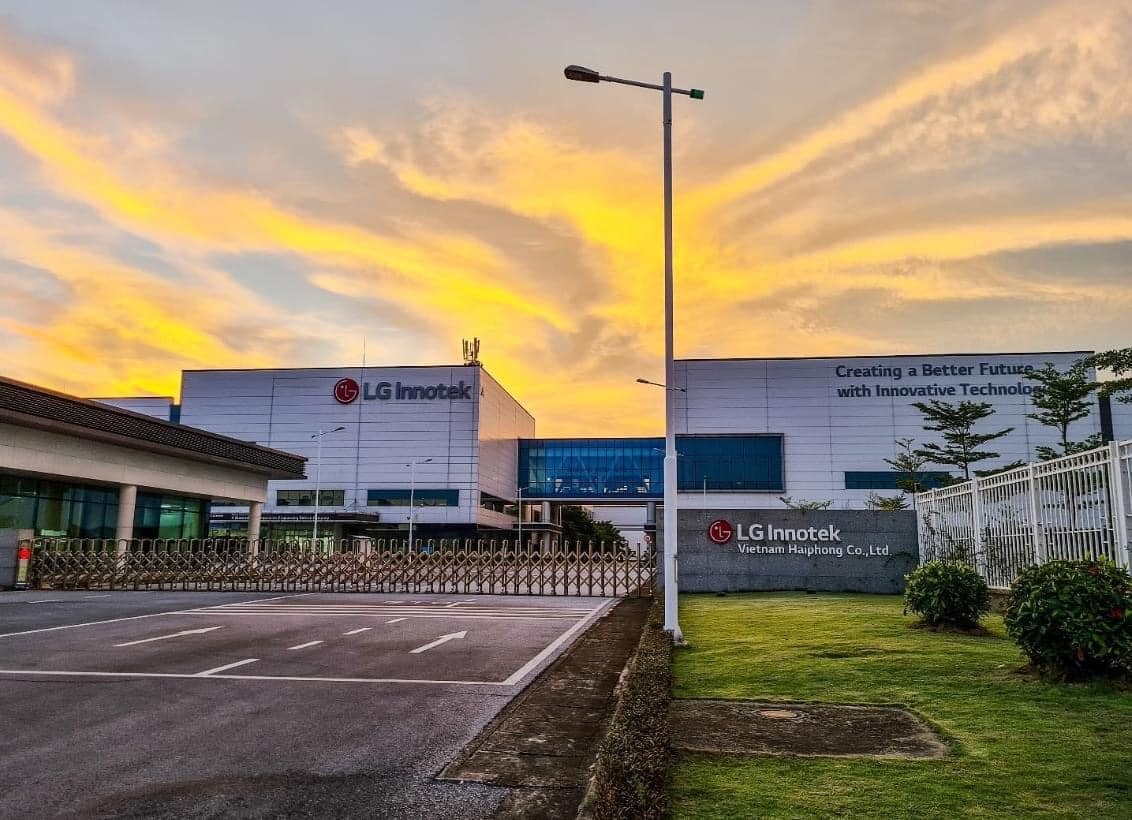
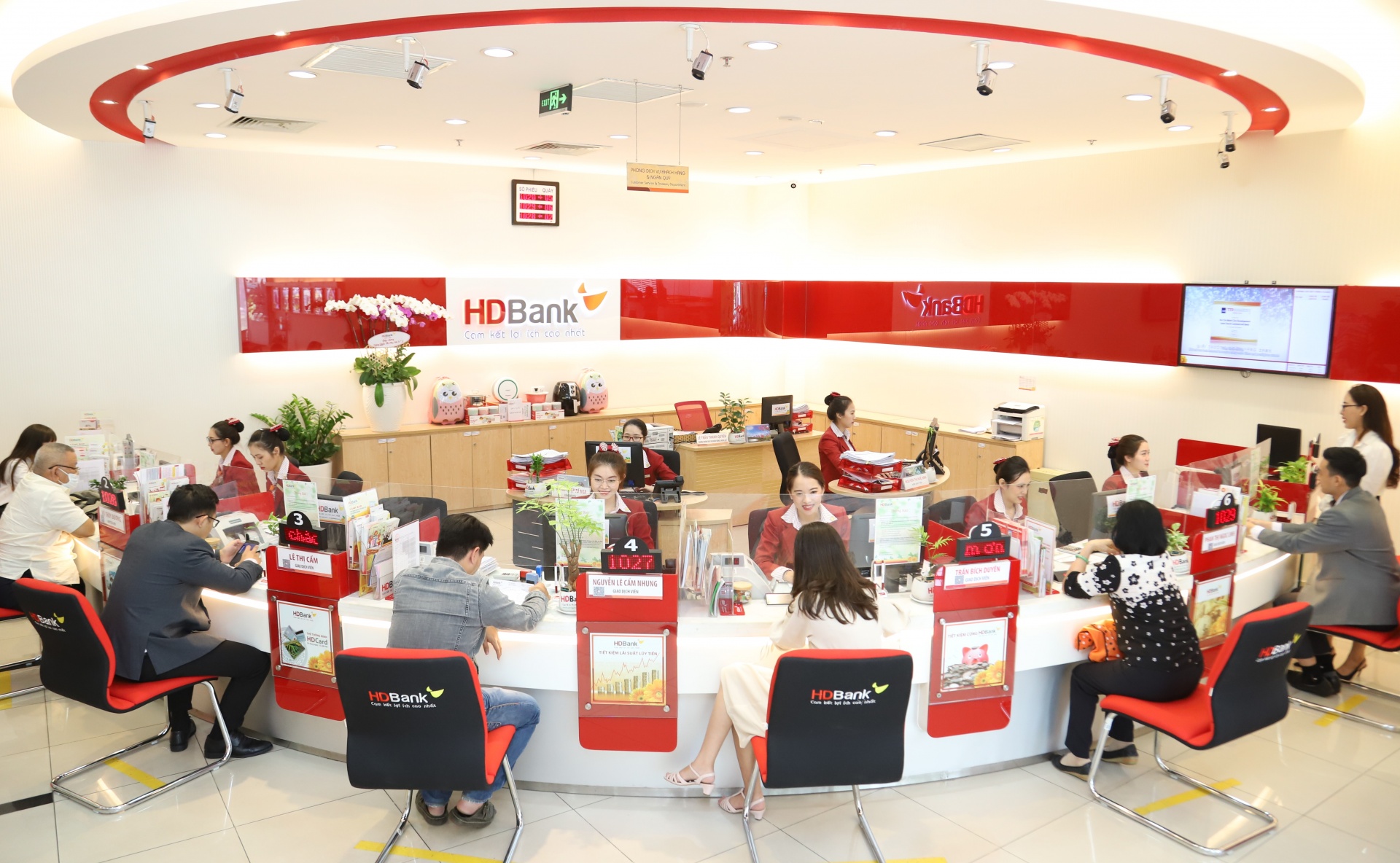





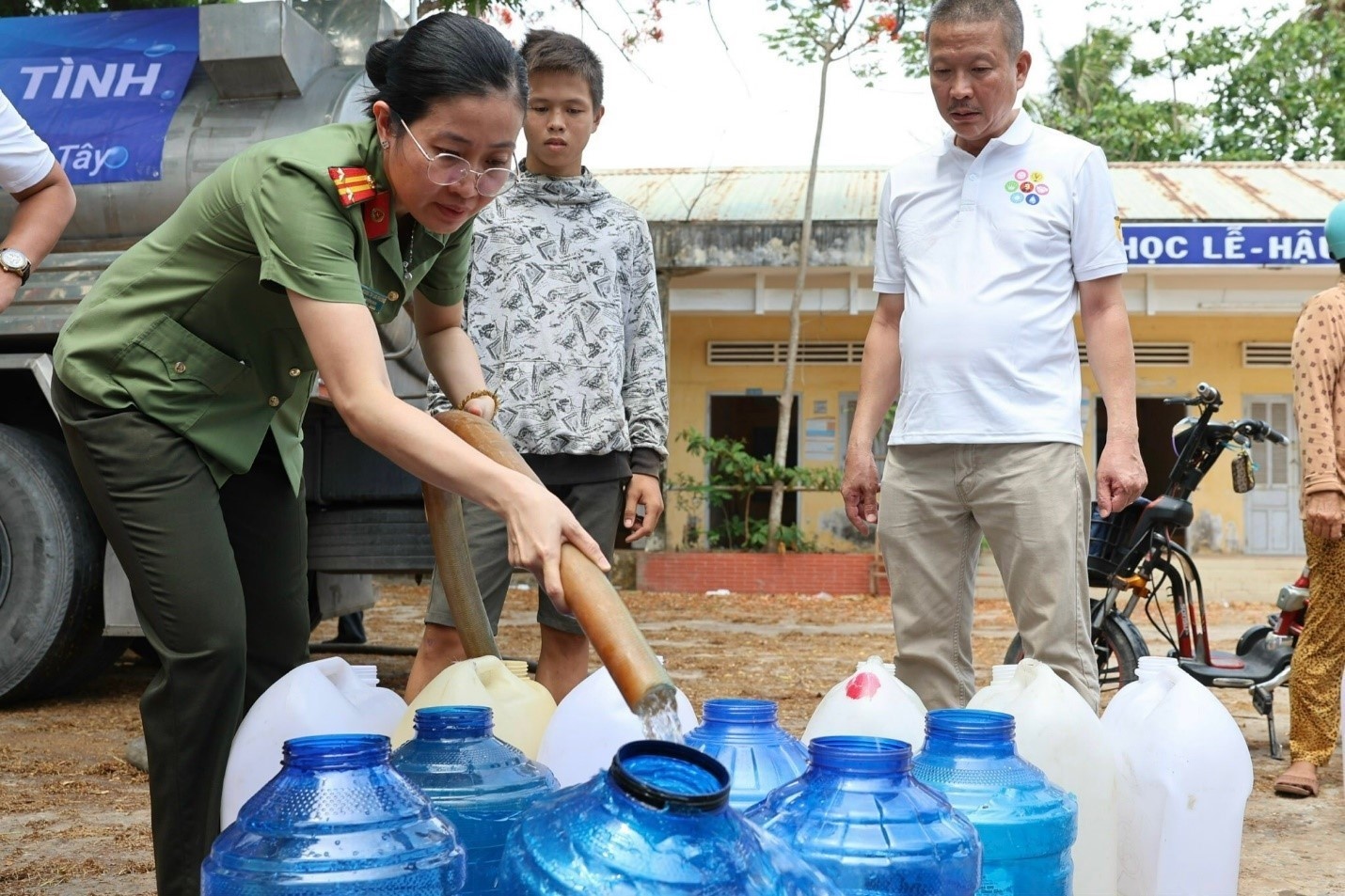
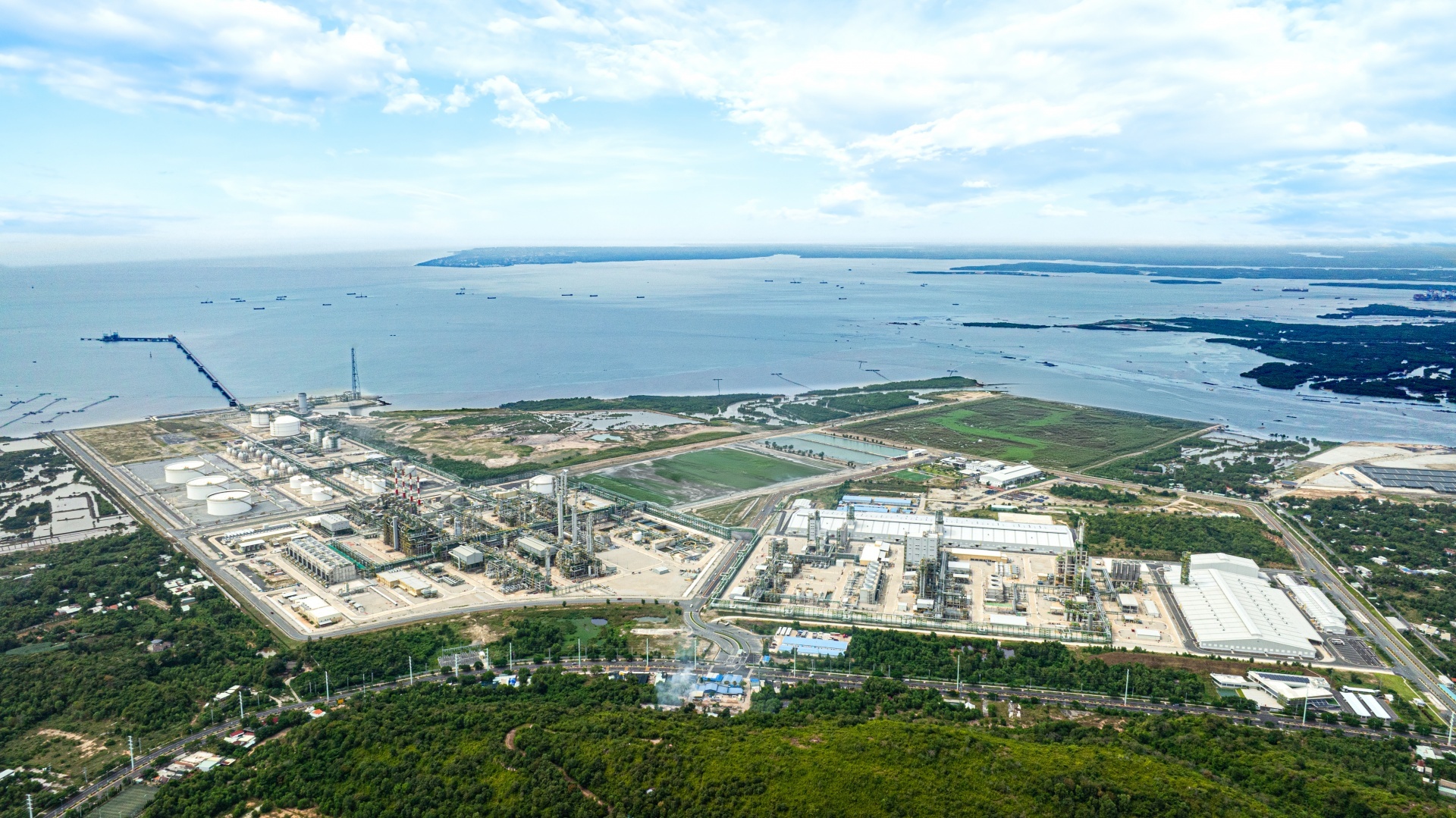




 Mobile Version
Mobile Version